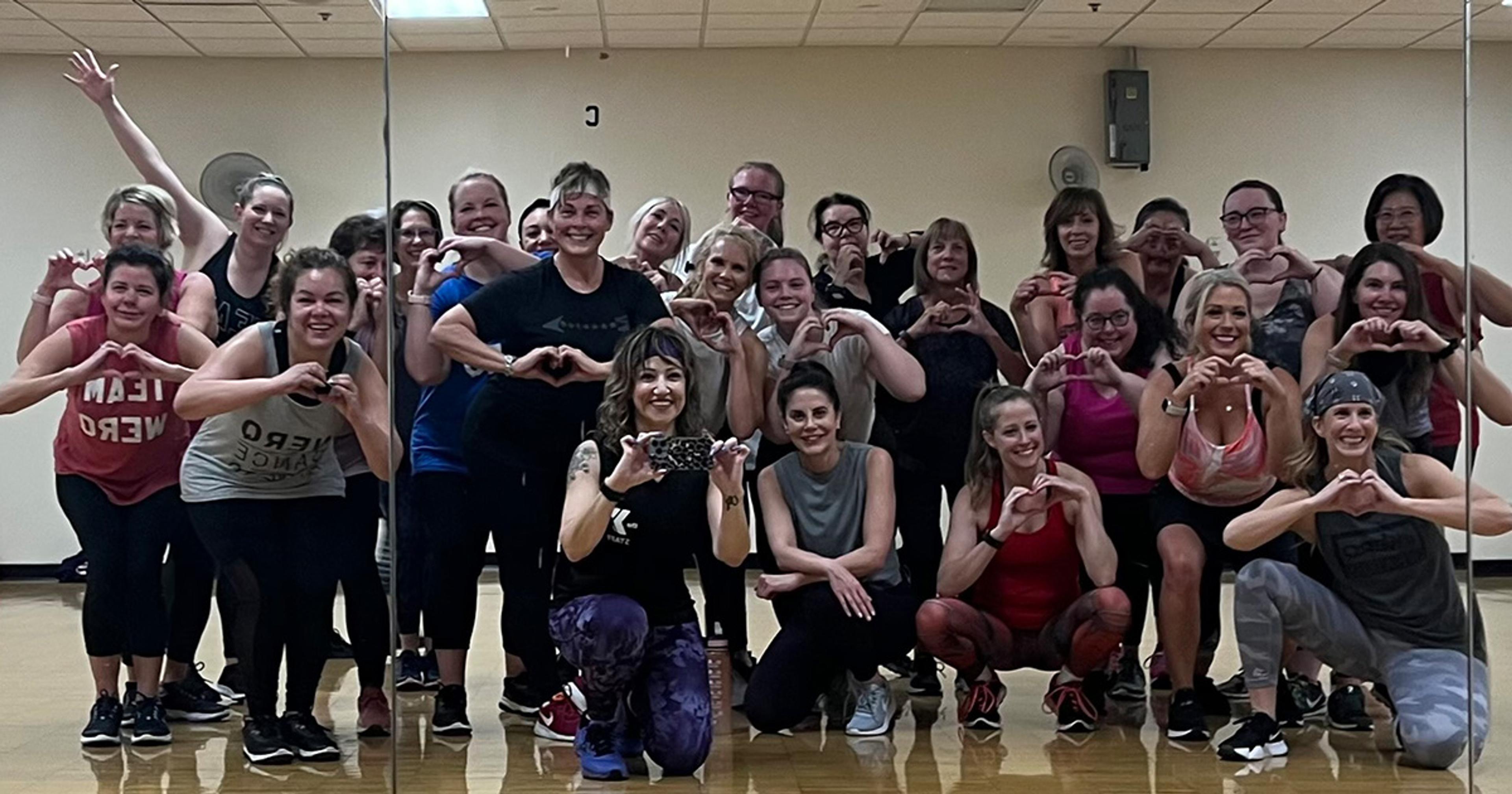Stretches that will keep you limber longer
| 4 min read

When you’re young, touching your toes with ease is something you take for granted. But as you age, doing things that require flexibility can get a lot tougher. Don’t just give in to decades of stiff muscles and joints–failing to counteract this tightening trend can lead to restricted circulation and a higher likelihood of injury.
The good news is regular stretching is all you need to keep your joints limber, allowing you to maintain your range of motion and accomplish common tasks without pain. Stretching daily helps reduce inflammation in the body, which is particularly helpful if you suffer from osteoarthritis, and extends the range that your limbs can bend before injury occurs to the muscles and tendons.
Whether you’re concerned about declining mobility or are already fit and want to stay that way, these general tips and stretches are a good place to start. And if you are a cardio queen or spend a lot of time strength training, you should incorporate stretching into your routine to reap the full benefits of the exercise you already do. Above all else, be sure to listen to your body as you go. Stretching shouldn’t hurt!
- Always warm up since stretching cold muscles can cause injury. Your warm-up could be as easy as a spin on a stationary bike or brisk walk around the block.
- If you’re adding flexibility training to your existing fitness program, save stretching for the end of your workout. As we mentioned, warm and loose muscles are less likely to get injured, plus studies have indicated that pre-exercise stretching might worsen your athletic performance.
- Stretch slowly and gently. Exhale into your stretch to release muscle tension and hold the final position for 10 to 30 seconds.
- Do not bounce or reach into your stretches as this unnecessary motion can cause injury.
Start your morning with these stretches or do them after lunch for a much-needed flexibility break from your desk chair:
- Upper-arm stretch: Lift one arm and bend it behind your head. Your palm should rest between your shoulder blades. Place your other hand on the bent elbow and gently pull your elbow toward your head. Hold the stretch 15 to 40 seconds, then relax and slowly return to the starting position. Repeat on the opposite arm.
- Calf stretch: Stand behind a stable chair or piece of furniture, lightly touching it for balance. Extend your right foot backward (you will probably need to bend the left knee slightly). Lower your right heel toward the ground, and remember, it’s okay if it doesn’t touch the floor. Hold this position 15 to 30 seconds, then release the stretch. Switch legs and repeat. Do three times on each side.
- Side-to-side stretch: The side-to-side stretch helps loosen your back and core. Sit in a chair with your feet shoulder-width apart. Place your hands behind your head with your elbows facing out. Slowly bend at the waist to touch your right elbow to your right knee – you should feel the stretch in your left side. Pause, then return to the starting position. Bend in the opposite direction. Repeat 10 times on each side.
- Knee-to-chest stretch: This exercise helps relieve knee, quadriceps, hamstring and lower back tightness. Lie on the floor with your legs extended and arms straight at your sides. Raise your right leg and pull it toward your chest, keeping the leg straight without locking your knee. Pull as far as you can without causing strain and hold for 10 to 15 seconds. Release the stretch and perform five times on each leg.
- Standing cat-camel stretch: Exercise physiologist Mike Bracko recommends this stretch for people with back pain. Stand with your feet shoulder-width apart and knees slightly bent. Lean forward and place your hands on your thighs, just above your knees. Round your back so your chest is closed and shoulders curved forward. Then, arch your back so your chest expands and shoulders roll back. Repeat five times.
Photo credit: AzmanJaka





